When it comes to flooring options, vitrified tiles and ceramic tiles are two popular choices that offer durability and style. Both materials have their unique characteristics, benefits, and drawbacks. This article aims to provide a comprehensive comparison between vitrified tiles and ceramic tiles, helping you make an informed decision for your flooring needs. Composition and Production: Vitrified tiles are manufactured using a process called vitrification, which involves fusing clay, silica, and other minerals at high temperatures. This process creates a non-porous material with a glass-like appearance. On the other hand, ceramic tiles are crafted from clay, natural materials, and various minerals, which are then kiln-fired at lower temperatures. Durability and Strength: Vitrified tiles are extremely durable due to their denser structure. They are resistant to stains, scratches, and water absorption, making them an ideal choice for high-traffic areas. Ceramic tiles, though slightly less dense, are still robust and can withstand the demands of everyday use.
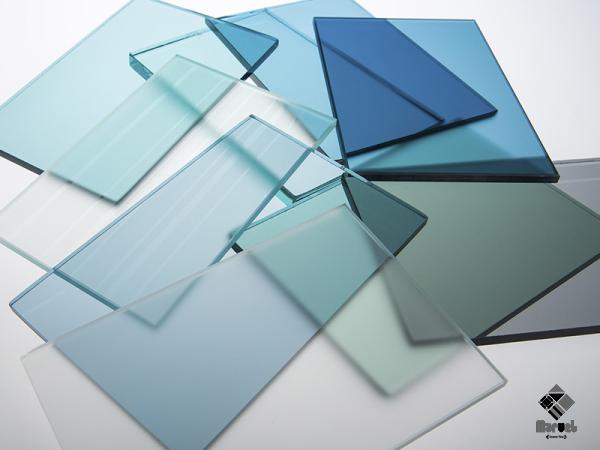
.
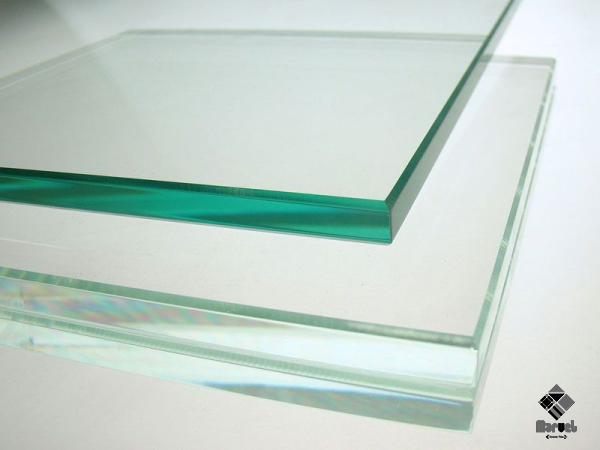 However, they may be susceptible to chipping or cracking if subjected to heavy impacts. Design and Aesthetics: Both vitrified and ceramic tiles come in a wide array of designs, colors, and patterns to suit different interior styles. Vitrified tiles often mimic the appearance of natural stone or wood, offering a luxurious and elegant touch to any space. Ceramic tiles, on the other hand, provide endless design possibilities and can replicate various materials. They offer a wider range of artistic and decorative options. Maintenance and Cleaning: Vitrified tiles boast low maintenance requirements, as their non-porous surface prevents dirt, stains, and water from seeping into the material. They are easy to clean with simple sweeping and mopping.
However, they may be susceptible to chipping or cracking if subjected to heavy impacts. Design and Aesthetics: Both vitrified and ceramic tiles come in a wide array of designs, colors, and patterns to suit different interior styles. Vitrified tiles often mimic the appearance of natural stone or wood, offering a luxurious and elegant touch to any space. Ceramic tiles, on the other hand, provide endless design possibilities and can replicate various materials. They offer a wider range of artistic and decorative options. Maintenance and Cleaning: Vitrified tiles boast low maintenance requirements, as their non-porous surface prevents dirt, stains, and water from seeping into the material. They are easy to clean with simple sweeping and mopping.
..
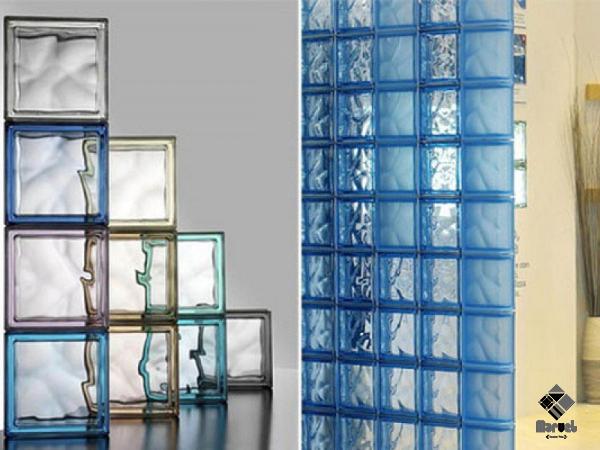 Ceramic tiles, while also relatively easy to maintain, may require regular sealing to prevent staining and may be more porous, demanding extra attention in high-moisture areas. Resistance to Wear and Tear: Vitrified tiles excel in resistance to wear and tear, making them suitable for high-traffic areas. They do not lose their shine easily and retain their original appearance over time. Ceramic tiles, while generally durable, may show signs of wear and fading in high-use areas such as hallways or entryways. Price Range and Affordability: Ceramic tiles are often the more cost-effective option, making them a popular choice for budget-conscious consumers. Vitrified tiles, on the other hand, tend to be more expensive due to their superior durability and high-quality production process. However, considering their longevity and low maintenance needs, vitrified tiles can be a wise long-term investment.
Ceramic tiles, while also relatively easy to maintain, may require regular sealing to prevent staining and may be more porous, demanding extra attention in high-moisture areas. Resistance to Wear and Tear: Vitrified tiles excel in resistance to wear and tear, making them suitable for high-traffic areas. They do not lose their shine easily and retain their original appearance over time. Ceramic tiles, while generally durable, may show signs of wear and fading in high-use areas such as hallways or entryways. Price Range and Affordability: Ceramic tiles are often the more cost-effective option, making them a popular choice for budget-conscious consumers. Vitrified tiles, on the other hand, tend to be more expensive due to their superior durability and high-quality production process. However, considering their longevity and low maintenance needs, vitrified tiles can be a wise long-term investment.
…
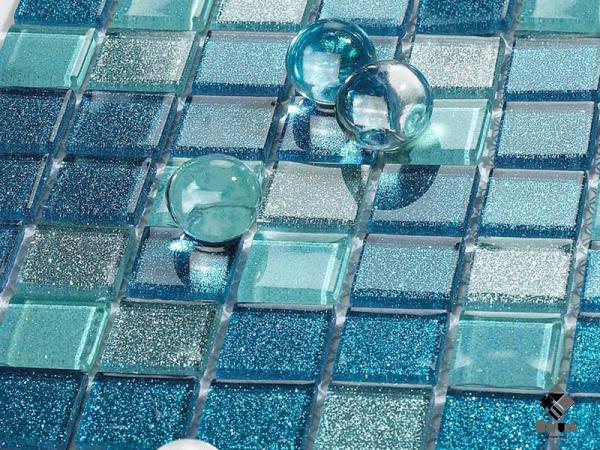 Conclusion: Deciding between vitrified tiles and ceramic tiles ultimately depends on your specific requirements, budget, and aesthetic preferences. Vitrified tiles offer exceptional durability, low maintenance, and a luxurious appearance, making them an excellent choice for those seeking long-lasting and upscale flooring options. On the other hand, ceramic tiles provide a wider range of design possibilities and an affordable alternative for those on a tighter budget. By considering the pros and cons of each material, you can make an informed decision that suits your unique flooring needs.
Conclusion: Deciding between vitrified tiles and ceramic tiles ultimately depends on your specific requirements, budget, and aesthetic preferences. Vitrified tiles offer exceptional durability, low maintenance, and a luxurious appearance, making them an excellent choice for those seeking long-lasting and upscale flooring options. On the other hand, ceramic tiles provide a wider range of design possibilities and an affordable alternative for those on a tighter budget. By considering the pros and cons of each material, you can make an informed decision that suits your unique flooring needs.
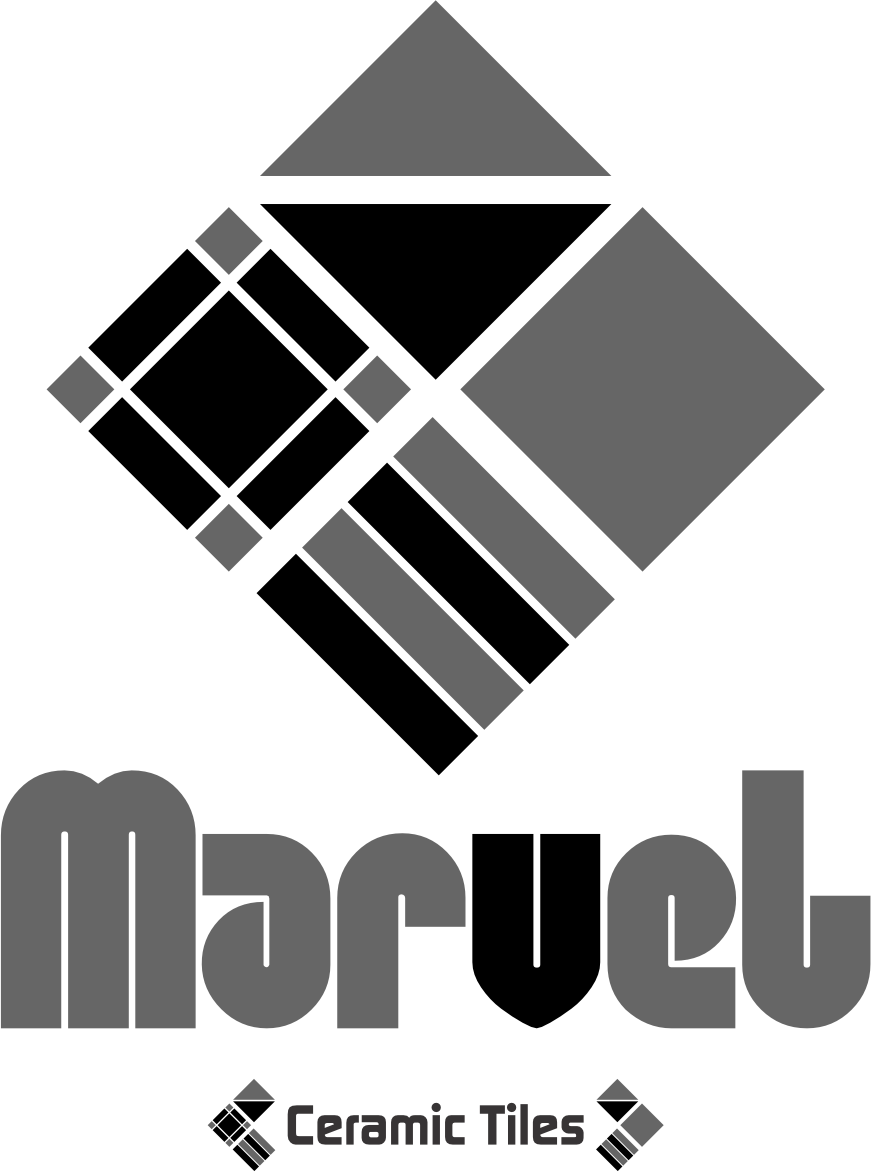
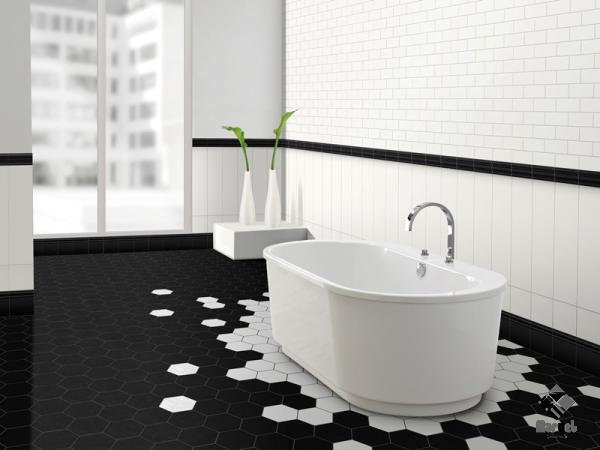
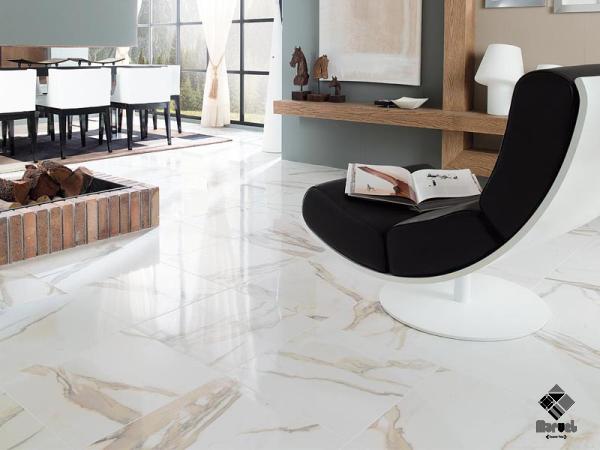


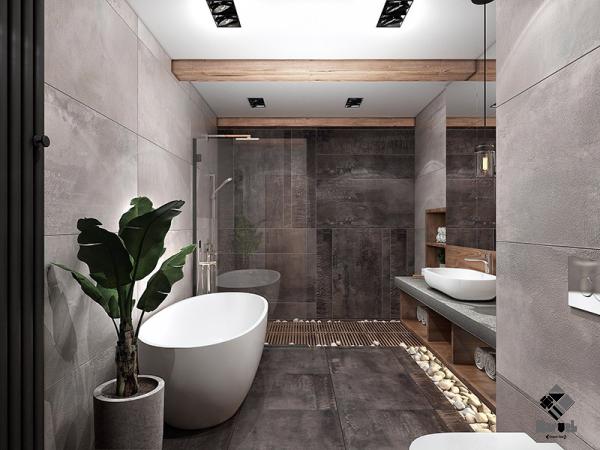
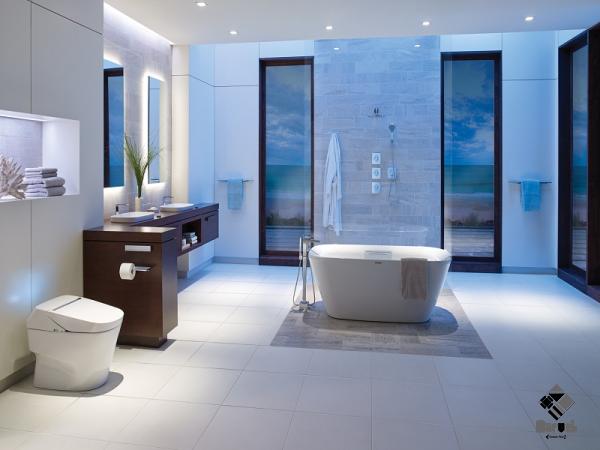
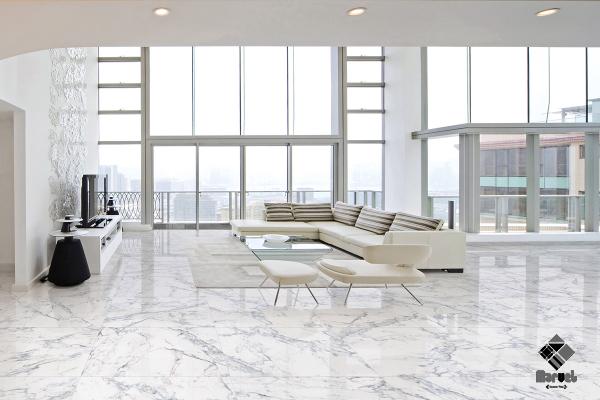
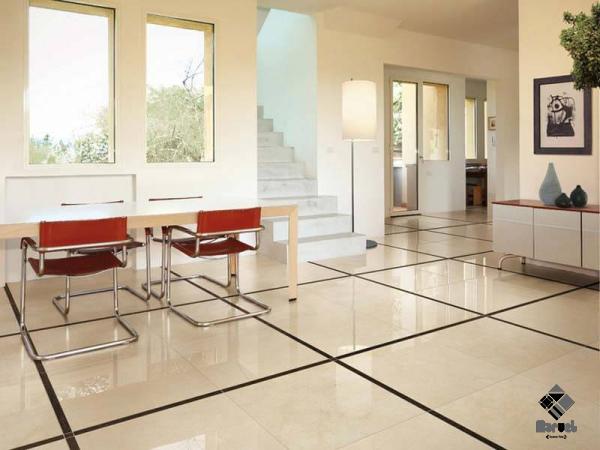
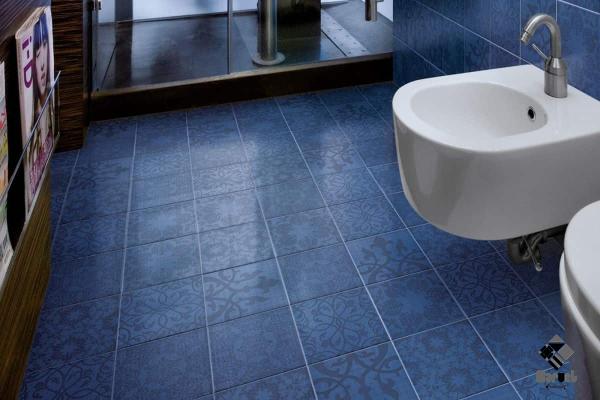
Your comment submitted.